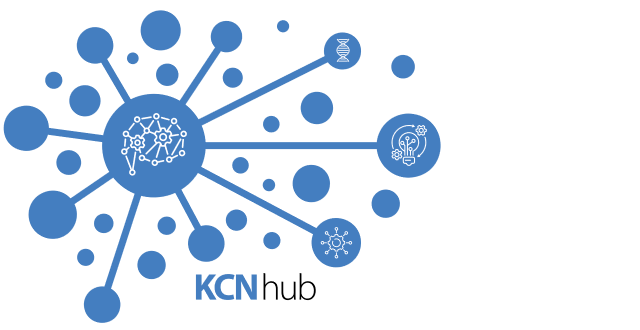Frances K. Skinner
Frances Skinner is a Senior Scientist at the Krembil Research Institute and a Professor at the University of Toronto. After finishing highschool (in Trindad and Canada) she was set on becoming a veterinarian but abandoned those plans after being convinced to follow her love of math at the then newly established Faculty of Mathematics at the University of Waterloo. After graduating from Waterloo (B.Math.) with a double honours in Applied Mathematics and Computer Science, she missed biology in her studies, and moved to Toronto to do graduate work in Biomedical and Mechanical Engineering at the University of Toronto (M.A.Sc., Ph.D.). From there she got immersed in Computational Neuroscience and Neurobiology fields doing postdoctoral studies on the east (Brandeis University) and west (University of California, Davis) coasts of the US before returning to Toronto as an independent scientist at the Krembil (formerly the Toronto Western Research Institute/Playfair Neuroscience Unit).
She enjoys collaborative work and is interested in determining cellular-based mechanisms underlying the dynamic output of neuronal networks in normal and pathological states. She is particularly interested in creating win-win scenarios with the plethora of data and theoretical and experimental approaches available today.
Computational neuroscience, nonlinear dynamics, inhibitory networks, interneurons, ion channel biophysics, hippocampus, brain rhythms, theta, gamma

